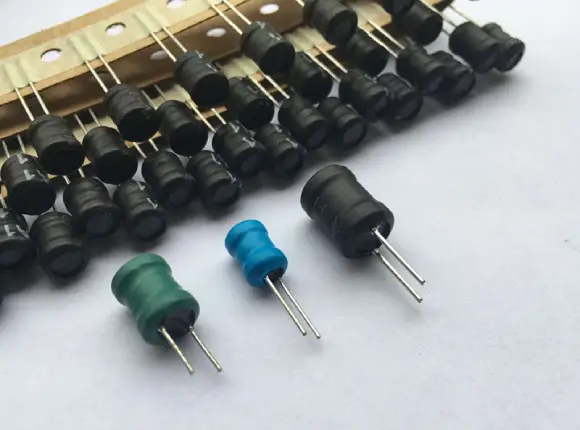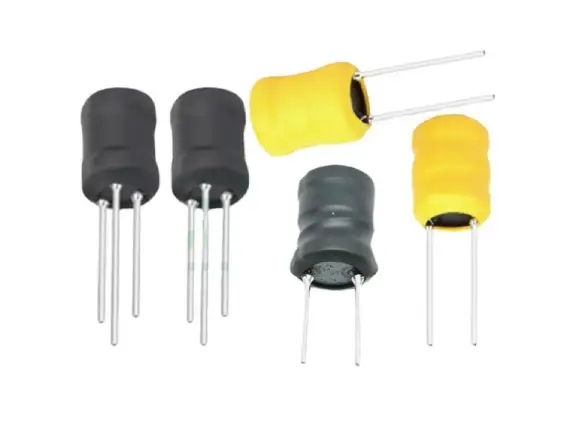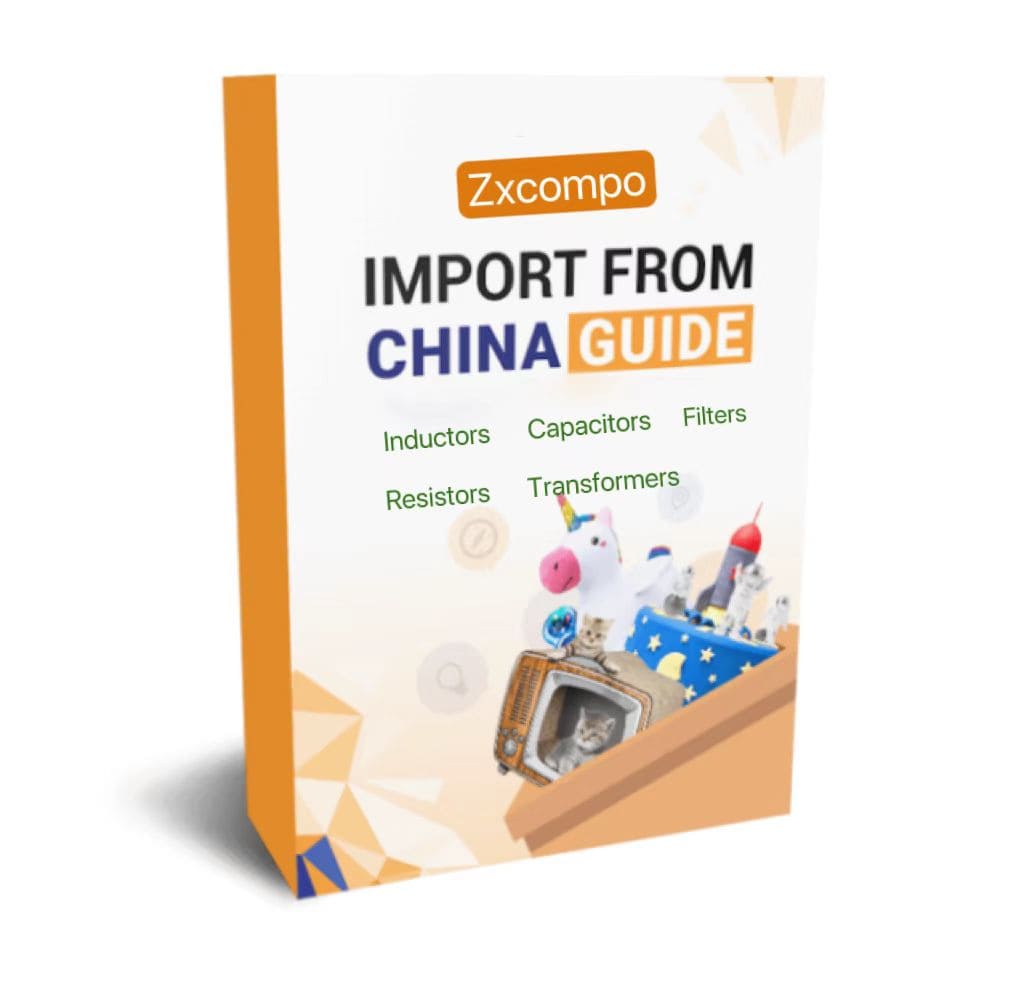Zxcompo: Common mode inductor usage characteristics and material selection
Common mode inductor is a common electronic component that is widely used in many electronic devices. This article will introduce in detail the usage characteristics of common mode inductors and how to choose appropriate materials to help you better understand and apply this electronic component.
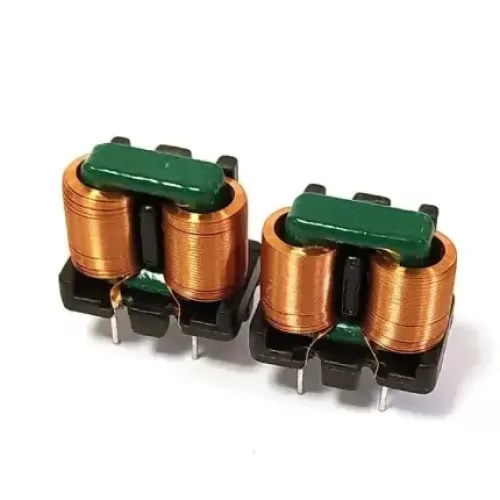
SUQ Series Flat Common Mode SMD Inductors
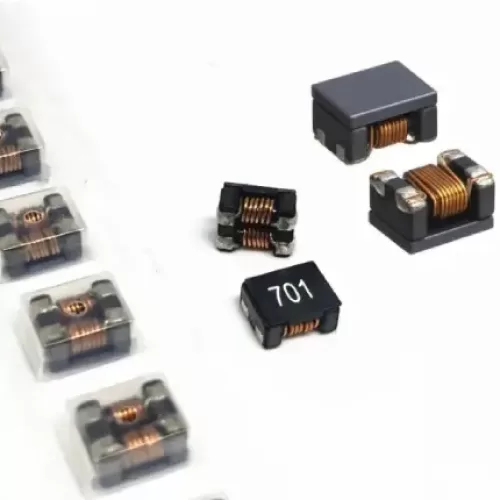
SMD Common Mode Inductors
1. Usage Characteristics of Common Mode Inductors
a. High common mode rejection ratio
The use of common-mode inductors can suppress the propagation of common-mode interference signals, thereby improving the anti-interference performance of electronic equipment. Its high common-mode rejection ratio enables it to effectively suppress interference signals from power lines or ground wires to ensure the stable operation of electronic equipment.
b. Low temperature coefficient
Common mode inductors have a low temperature coefficient, allowing them to maintain stable performance in different temperature environments. This feature is very important for electronic devices that need to work in different temperature environments.
c. Small DC resistance
The DC resistance of common mode inductors is small, which means that relatively little heat is generated when passing current, which can effectively reduce the power consumption and heat generation of electronic equipment.
d. Compact structure
Common mode inductors have compact structure and small size, and can be easily installed into various electronic devices. Its miniaturized design does not take up too much space, which is conducive to the compact design of electronic equipment.
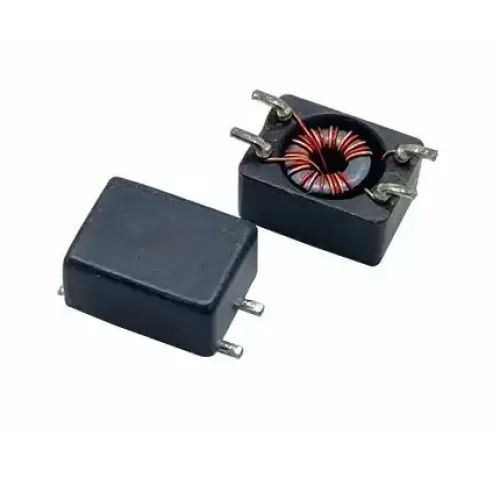
CLCM-0904 Series SMD Common Mode Toroids Coils
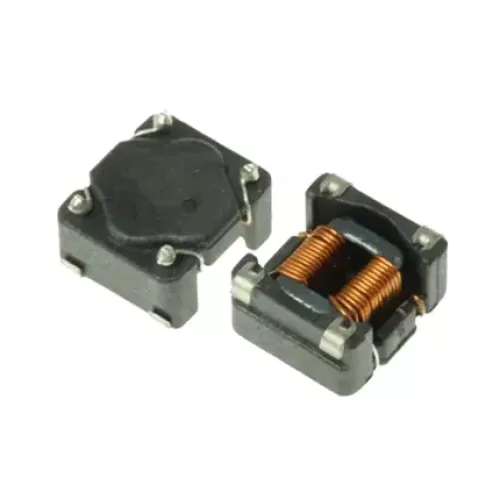
CLCM-1006 Series SMD Common Mode Line Filter
2. Selection of Common Mode Inductors
a. Selection of core material
The selection of core materials for common mode inductors needs to consider their use environment and performance requirements. Common core materials include ferrite, manganese-zinc ferrite, nickel-zinc ferrite, etc. Among them, ferrite has higher magnetic permeability and lower loss, which is suitable for suppressing high-frequency signals; manganese-zinc ferrite and nickel-zinc ferrite have slightly lower magnetic permeability, but have higher impedance. And low temperature rise coefficient, suitable for suppressing low-frequency signals.
b. Selection of coil materials
The selection of coil material for common mode inductors needs to consider parameters such as resistivity and temperature coefficient. High-precision winding machines can ensure the number of turns and shape accuracy of the coil, thereby obtaining better electrical performance. At the same time, selecting appropriate insulation materials and wire materials can also improve the electrical performance and reliability of common-mode inductors.
c. Selection of overall structure
The overall structure selection of the common mode inductor needs to consider its use environment and performance requirements. Common overall structures include vertical, horizontal, guide rail, etc. The vertical structure is suitable for occasions with limited height and space; the horizontal structure is suitable for occasions with a large installation area; the guide rail structure is suitable for occasions that require quick installation and disassembly.
We at Zxcompo offer a wide range of common mode inductors and are a reliable common mode inductor manufacturer to meet your specific needs. Contact information: sales@ZXcompo.com.

